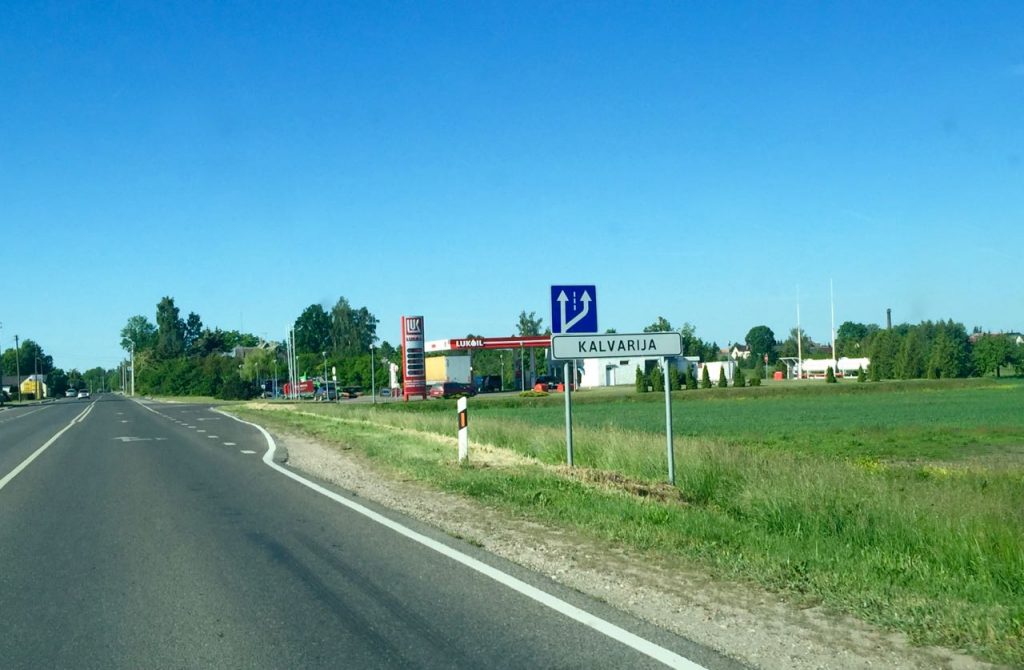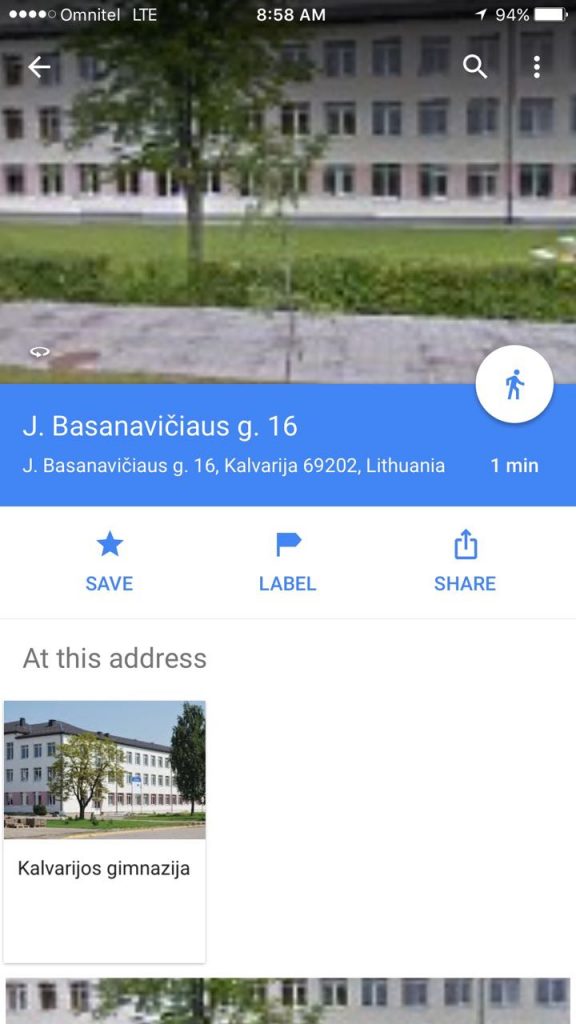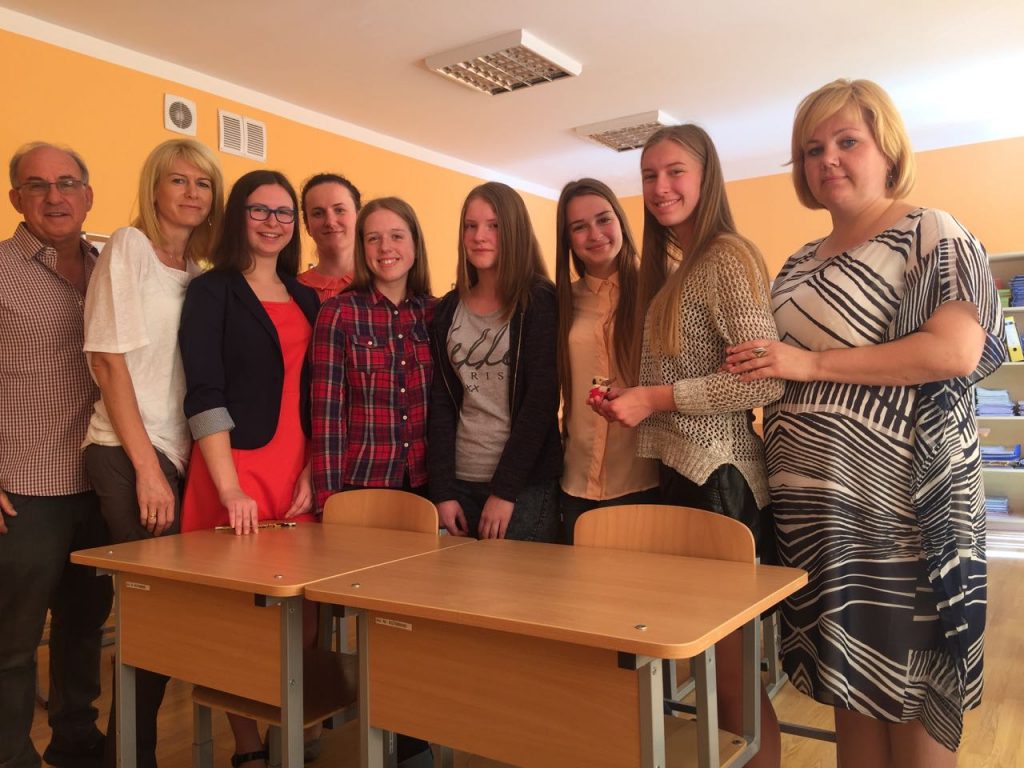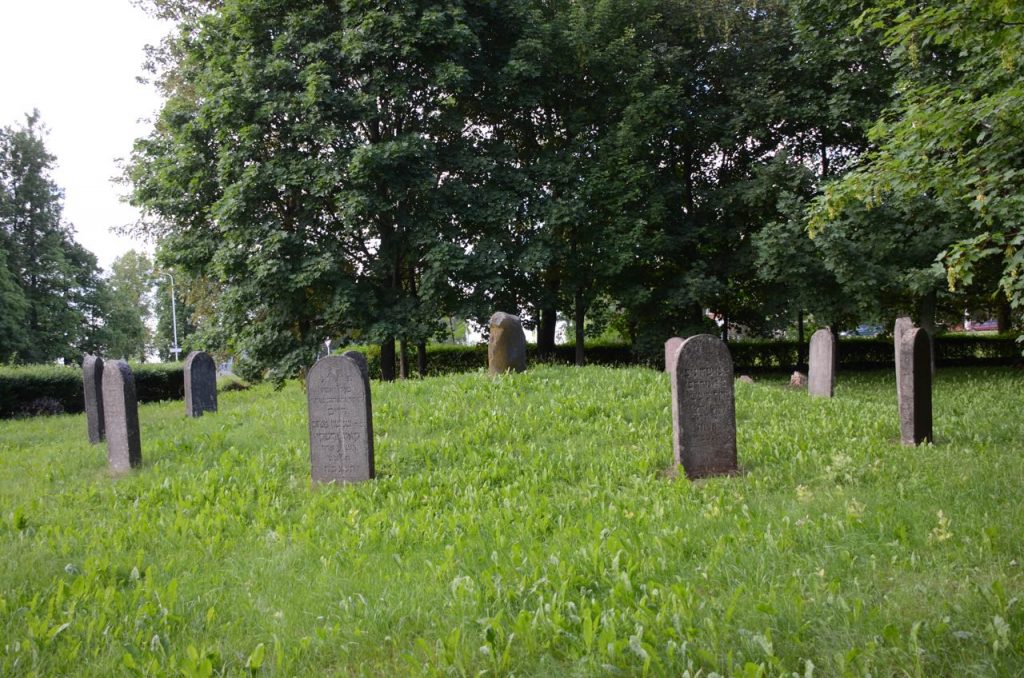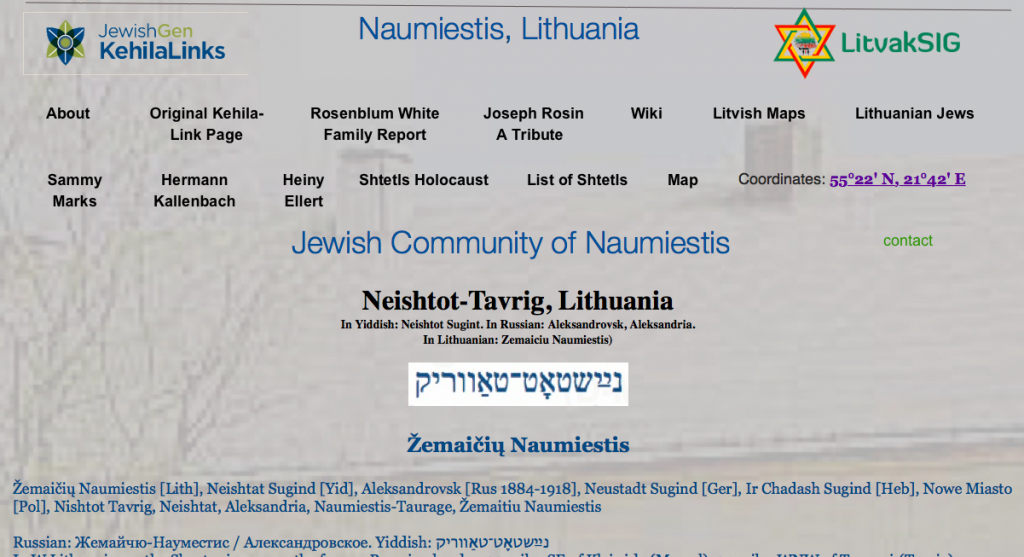
My first visit to Ukraine
My visit to this very impressive school
Thanks to David Benish, ORT regional director in the FSU and his assistant Mila Finkelshtein for organising my tour of the school. Thanks also to teacher Nataliia Lepatina for showing me around and introducing me some of the wonderful staff and students.
Nataliia shows me around
English teacher Marina Pysanets talks about Centropa
Independence Square – Maidan Nezalezhnosti

Kiev ORT Educational Complex #141 (former ORT Technology Lyceum), Kiev
Kiev ORT Technology Lyceum and the ORT Technological Center in Kiev were opened as the result of cooperation between World ORT and the city’s educational authorities, with the help of generous support from Milton and Shirley Gralla, the Rita J. & Stanley H. Kaplan Family Foundation and Ron Baron. In 2015 ORT Technology Lyceum moved to the premises of the secondary school #141 and was fully reconstructed thanks to the generosity of World ORT donors and the cooperation of local authorities. From September 1st, 2015 the Lyceum got the name “Kiev ORT Educational Complex #141”.

| Name of School | Kiev ORT Technology Lyceum |
| Location | Kiev/Ukraine |
| Type | ORT institution |
| Age range | Junior High, High School, Adult education and training |
| Students | 887 |
| Teachers | 85 |
Educational Activities and Competitions
Training at the Educational Complex will be provided in four stages: pre-school, 1st degree comprehensive school, 2nddegree specialized school with advanced study of foreign languages and information technologies and technological lyceum. Alongside the general education provided in accordance with the Ukrainian National Curriculum, the school specializes in two advanced tracks of study: Jewish education, technology education and English. Curricula for these tracks make use of modern computer technology, interdisciplinary study and project-based learning. In addition, students will be able to use ICT in the study of mathematics and humanities.
Students of the Complex actively participate in the work of the Minor Academy of Sciences of Ukraine at the Kiev Centre of Creativity for children and young people. A large number of students have taken part in science conferences and have become the members of the Academy. The School has been selected to be a Pathfinder School as part of Microsoft’s Partners in Learning Innovative Schools Program.
The school participates in “Robotraffic” international competition in the modelling and controlling robocars which traditionally take place in the Robotics Leumi Center of the “Technion” Institute in Haifa (Israel). Robotics teams successfully participate and usually took the prizes at Festival-Competition of Robotics among students and teachers of ORT network schools in the CIS and Baltic States.

Jewish Education
The main goals of Jewish education at the School are strengthening the Jewish identity of the students and consolidating their ties with Israel.
Hebrew language is studied for three hours per week by students from the 1st to the 11th grade. The curriculum has traditionally followed the Heftsiba program, but in 2011-12 the new NETA program has been implemented in the 6th – 9th grade. The aim of the School’s Hebrew tuition is effective development of the students’ spoken language skills, so that they can communicate about a variety of topics.
Informal Jewish Education
This significant part of the Jewish studies curriculum consists of after school activities. Students learn how to prepare for and celebrate Jewish holidays – for example, organizing activities for their classmates and for younger students on Chanukah and Purim. Students also participate in hadracha (leadership) training, Shabbatonim and “Masa Shorasim” – an experiential educational trip within the Ukraine on which students trace the Jewish history of the region through visiting places of both Jewish destruction and Jewish life.
Technology Education
This course runs in the 5th and 6th grades. Students learn “Modeling technology of simple structures and mechanisms” and “Technology of technological systems design” (study of the concept and principles of design, construction and performance of simple technological systems). The program of these courses was developed by the teachers of School and was approved by the Ministry of Education and Science of Ukraine.
Professional Training Courses
From 2006 the local branch of the prestigious Cisco Networking Academy began its operations, using the Lyceum as its base. It was the first time in Ukraine that school students could study on the “Cisco IT Essentials” course. The aim of the course is to give pupils detailed knowledge in the field of hardware support and network technologies. Pupils develop skills in repair of PCs and set-up of operational systems.
A number of courses are now given on the base of Cisco Academy: Get Connected, Internet of Everything, Be Your Own Boss, Entrepreneurship, Linux Essentials, IT Essential, CCNA, CCNA Security.
Grants
In 2007 the school became a member of the UNESCO Associated Schools Project Network (ASPnet). Member institutions work in support of international understanding, peace, intercultural dialogue, sustainable development and quality education.
In 2009 Hewlett Packard and World ORT opened a GET-IT (Graduate Entrepreneurship Training through IT) Centre on the school’s premises. As a result, one of the school’s classrooms was completely equipped with laptops and a variety of other facilities with the purpose of helping students to develop the skills for opening their own businesses after graduation.
Contributions to the National Education System
- From 2005 ORT Technology Lyceum has the status of an experimental base for the Ministry of Education and Science of Ukraine. Its achievements in the field of ICT and up-to-date technical facilities are well-known, and the school shares its experience with educators from across the city.
- A variety of seminars and workshops for teachers and principals from other schools are held at the School throughout the year. The school hosts a number of city and district Olympiads.
- ORT Technology lyceum was “accredited with honour” in 2011 by the state authorities.
- A lot of students and teachers of ORT Educational Complex annually become winners of city, regional, All-Ukrainian and International competitions and Olympiads.
Innovative School chosen by Microsoft

The ORT Kiev Technology Lyceum in the Ukraine has been chosen by Microsoft to join its small, international group of innovative schools. |
The ORT Kiev Technology Lyceum has become the only school in Ukraine to be chosen by Microsoft to join its small, exclusive international group of innovative Pathfinder Schools.
It was one of 56 schools selected from 114 applicants in 48 countries to join the Microsoft Partners in Learning Innovative Schools Program, a ten-year, $500 million commitment by the company to help schools and teachers use technology to advance teaching and learning more effectively.
“The fact that this Lyceum is the only school in Ukraine chosen for this role is further recognition of ORT’s leading position in education in that country,” said Shelley B. Fagel, National President of ORT America, whose American donors are committed to implementing innovative technologies and modern educational practices at ORT schools throughout the CIS and Baltic States. “This is yet another prime example of how our donors’ dollars are helping to foster excellence, no matter how great the challenges.”
Despite ongoing funding challenges – which have resulted in teachers being poorly paid, the end to free hot lunches and school bus service – the ORT Kiev Technology Lyceum has consistently managed to raise its educational standards, increase student enrolment and retain skilled staff despite the lure of higher pay at the city’s other private schools.
Microsoft’s acceptance letter states: “The ORT Kiev Technology Lyceum has demonstrated strong school leadership with a proven record of innovation and successful change implementation, and a vision for learning that has already started the school on the road to reform and improvement.”
Participating in this project will provide the school with the opportunity to share experience in the use of innovative technologies in education with other schools from around the world.
ORT Kiev’s first taste of Microsoft’s Innovative Schools Program will be at the Innovative Education Forum in Cape Town, South Africa next month. There, the school will work together with five other Pathfinder schools, two mentor schools and a third party coach, which will form the team in implementing the Pathfinder program.
Over the next 12 months, ORT Kiev will be able to access leading educators in fields relating to innovation and school transformation via Microsoft’s Virtual University training sessions. Additionally, ORT Kiev’s teachers will participate in on-going professional conversations through on-line forums, wikis, and blogs as well as in face-to-face meetings.
The school will be encouraged to work with others in the program to rethink all aspects of school life – from the structure of the day and the use of technology in the curriculum to ensuring that teachers have the space and time to bring innovative practices to the classroom.
The ORT Kiev school’s selection as a Microsoft Pathfinder School brings it shoulder-to-shoulder with the ORT de Gunzburg High School in St Petersburg, which last year became the sole Russian school to achieve this distinction. Microsoft has already given ORT de Gunzburg its SharePoint software. Worth more than $10,000, the software allows users to consolidate intranet, extranet, and Internet sites on a single platform.














































































































